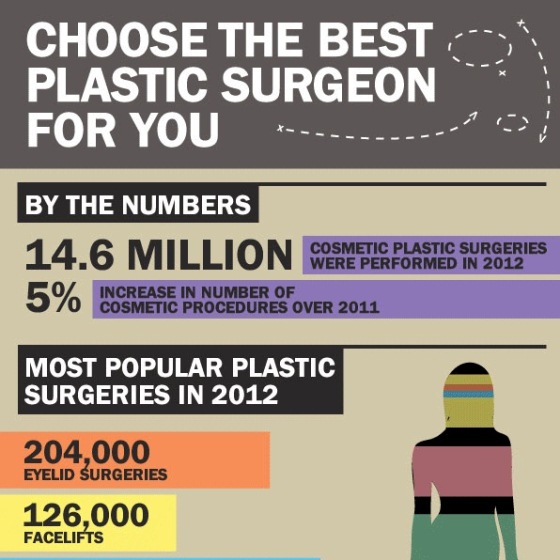How To Choose A Cleanser For Acne
How To Choose A Cleanser For Acne
Blog Article
Causes of Acne on Cheeks
Acne breakouts in the cheek area are set off by lots of things, from touching your face regularly to not altering your pillowcase usually sufficient. Picking at blemishes raises your danger of infection and scarring, and certain medicines can aggravate dark spots (postinflammatory hyperpigmentation).
Fortunately, there are many ways to prevent and treat cheek acne. These include:
1. Hormonal Changes
Acne is largely caused by hormones, especially those generated throughout the age of puberty and maternity. For some, a family history of acne might likewise add to their condition. Anything that blocks pores, such as oil-based skin care products or waxy hair items, can cause acne. Numerous topical therapies, like benzoyl peroxide and salicylic acid, can deal with microorganisms and unclog pores. Those with serious or chronic acne ought to seek treatment from their doctor.
Stay clear of touching or pressing your acne, as this can press a few of the germs deeper into the skin, leading to a more severe breakout. It is additionally vital to transform pillow cases on a regular basis and utilize clean makeup brushes. You should additionally attempt to stay clear of toxic irritants such as rubbing from using a helmet or tight collar.
2. Diet regimen
The greasy, sugary foods that lots of people think trigger acne might actually not do so. As a matter of fact, research studies have shown that eating a diet rich in entire, nutrient-dense foods aids to stop outbreaks.
Foods high in the glycemic index (such as white bread, corn flakes, blew rice and potatoes, doughnuts and other pastries) raise blood sugar levels quickly, and this can increase hormonal agents that enhance oil manufacturing and cause acne.
Consuming cow's milk has likewise been linked to increased acne breakouts. If you are a normal cow's milk enthusiast, you may wish to try switching to low-fat or nondairy alternatives that are fortified with calcium. On top of that, consuming alcohol even more water can assist to decrease acne because it aids to maintain the skin hydrated.
3. Excess Oil
While oil is necessary for healthy skin, it can become a trouble when way too much sebum combines with dead skin cells and blocks pores. This combination can develop blackheads, whiteheads and acnes. The blocked pore wall can break down and spill bacteria, dead skin cells and sebum into bordering skin. This leads to a red bump known as an acne. In some cases these red bumps have pus in the center from a microbial infection. Bigger infected bumps that resemble acne are called cysts.
There are lots of things that can create excess sebum and blocked pores, consisting of hormone fluctuations, diet plan and daily behaviors. Some examples include touching the face regularly, resting your hand on your cheek, making use of filthy makeup brushes and not transforming pillowcases regularly.
4. Anxiety
If you're handling pain pimples or a slew of blackheads and whiteheads, it might be time to talk to a skin specialist. They can recommend a reliable treatment that matches your skin type. Exercising relaxation and stress-reduction strategies also aids.
Acne can occur in the cheeks as a result of friction and stress, such as when a person touches their face often or wears a hat or sporting activities helmet that scrubs versus the skin. It can likewise appear where oily cosmetics and lotions scrub against the skin.
Prevent pressing acne, as this can push contaminated material deeper right into the skin and lead to scarring. Rather, see a doctor to discover preventative therapies like medicine, skin treatment products and way of life adjustments. Eating a healthy and balanced diet of entire foods, obtaining seven to 9 hours of sleep and utilizing noncomedogenic makeup and skincare items can all help reduce acne outbreaks.
5. Hair Products
Hair items are not usually taken a reason for outbreaks, however they can add to acne on the cheeks in some people. Pomade acne, which is defined by small closed comedones and papulopustules, is generally caused by using oily hair items that contain comedogenic components such as certain oils and acetylated lanolin.
Picking hair products that don't have these potentially comedogenic components is a vital step toward lessening breakouts. Also, making sure that hair items aren't coming in contact with the skin can assist protect against breakouts. For instance, putting on a scarf or bonnet in the evening can restrict hair-to-face contact and minimize the chance that leave-in hair products will abrade onto the face.
Along with dysport making use of a non-comedogenic moisturizer and washing with an acne face laundry, various other helpful techniques consist of: